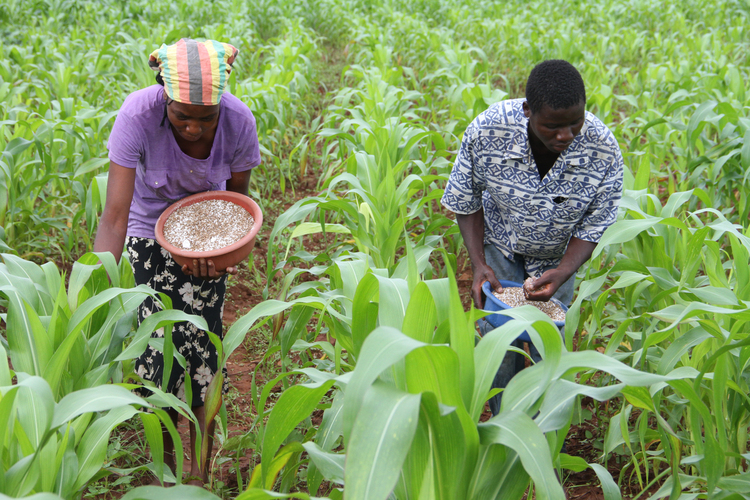
The Sunday Mail

Hon Prisca Mupfumira
People generally plant maize around October and Government carries out its first crop assessment in January.
Our teams are drawing up reports on their field visits, with the findings expected to be out later this month.
The second crop assessment is conducted between April and June, focusing on our harvest.
And after the findings of that assessment are produced, a committee chaired by the Food and Nutrition Council and comprising Government, NGOs and community leaders, convenes to determine areas of deficit and surplus.
We then draw physical maps showing areas that need food assistance.
Village and district committees then identify specific vulnerable households, and from that data we will be able to tell the number of needy people per district.
Thereafter, the Zimbabwe Vulnerability Assessment Committee (Zimvac) produces a report, detailing the exact number of such people.
In August 2015, we established that around 1,5 million people countrywide required food assistance.
Then our structures, led by district administrators and social welfare officers, began food distribution.
For the 2015/16 consumption year, Zimvac projected that 16 percent of the population, which translates to 1,5 million citizens, would be food insecure (between January and March 2016).
This population required an estimated 105 000 metric tonnes of maize to go through the consumptive year until the next harvest.
Some 45 000mt were to be provided by Government, whilst humanitarian partners were to provide the balance of 60 000 metric tonnes.
However, when we began food distribution last year, we discovered that we had grossly undershot the number of people who required aid.
We discovered that some households had not been classified as vulnerable, though requiring immediate assistance.
The vulnerable mainly include the elderly, child-headed families, orphans and the disabled.
Immediately, we activated a rapid food monitoring assessment exercise that we expect to be completed before the end of this month.
This exercise will determine the exact number of food insecure people, including those left out during last year’s exercise.
It will indicate whether the 1,5 million figure we came up with in 2015 is still realistic. Preliminary findings already indicate that the answer is no! We expect that figure to more than double.
In fact, we are working on a food preparedness plan with the new figure in mind. That is why we have also doubled our efforts to import grain.
I am sure you are aware of the US$200 million facility that was recently unveiled for grain imports.
I am also told that some of the grain we purchased from Zambia is already on its way following the payments we made there.
Private millers are also chipping in with around 400 000 tonnes to eliminate the possibility of shortages.
In addition, we are looking at assistance from development partners.
Government wants to ensure sufficient grain, grain that will take us to 2017, seeing that this season is likely to be bad.
Let me assure the nation that we have enough grain in our National Strategic Reserve to feed the vulnerable during this lean spell.
Government intervention is in two parts.
The first entails assisting vulnerable households in all districts in the eight rural provinces.
To date, Government has distributed 34 000mt, and distribution is continuing as there is a balance of around 14 000mt.
We uphold the principle that no Zimbabwean should die of hunger.
Some 25 000mt of maize are required monthly, and the Grain Marketing Board has assured us that the SGR has enough stocks to assist vulnerable households until June 2016.
The second part is a joint programme between Government and the World Food Programme and its partners.
Under this initiative, Government provides grain while the WFP provides beans and cooking oil or cash top-ups to enable households to get better food baskets.
The programme covers Buhera, Bulilima, Chirumhanzu, Chivi, Bikita, Tsholotsho, Mt Darwin and Rushinga, with food distribution still in progress.
During the week, 3 287mt of grain were distributed, bringing the cumulative distribution to 34 012mt.
Government does not discriminate against anyone when distributing food.
Beneficiaries are selected by ward and village drought relief committees which consist of Government officials, the traditional leadership, NGO representatives and other stakeholders.
Selection of beneficiaries is based on need and is done by the whole committee, not one person.
It is also important to highlight that upon selection, beneficiaries’ details are recorded in registers.
These registers are used during food distribution and are open to inspection by communities.
Honourable Prisca Mupfumira is Public Service, Labour and Social Welfare Minister. She was speaking to our Senior Reporter Lincoln Towindo in Harare on February 4, 2016



